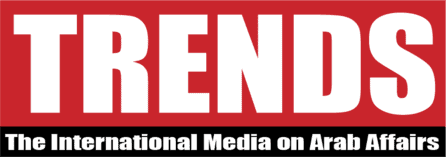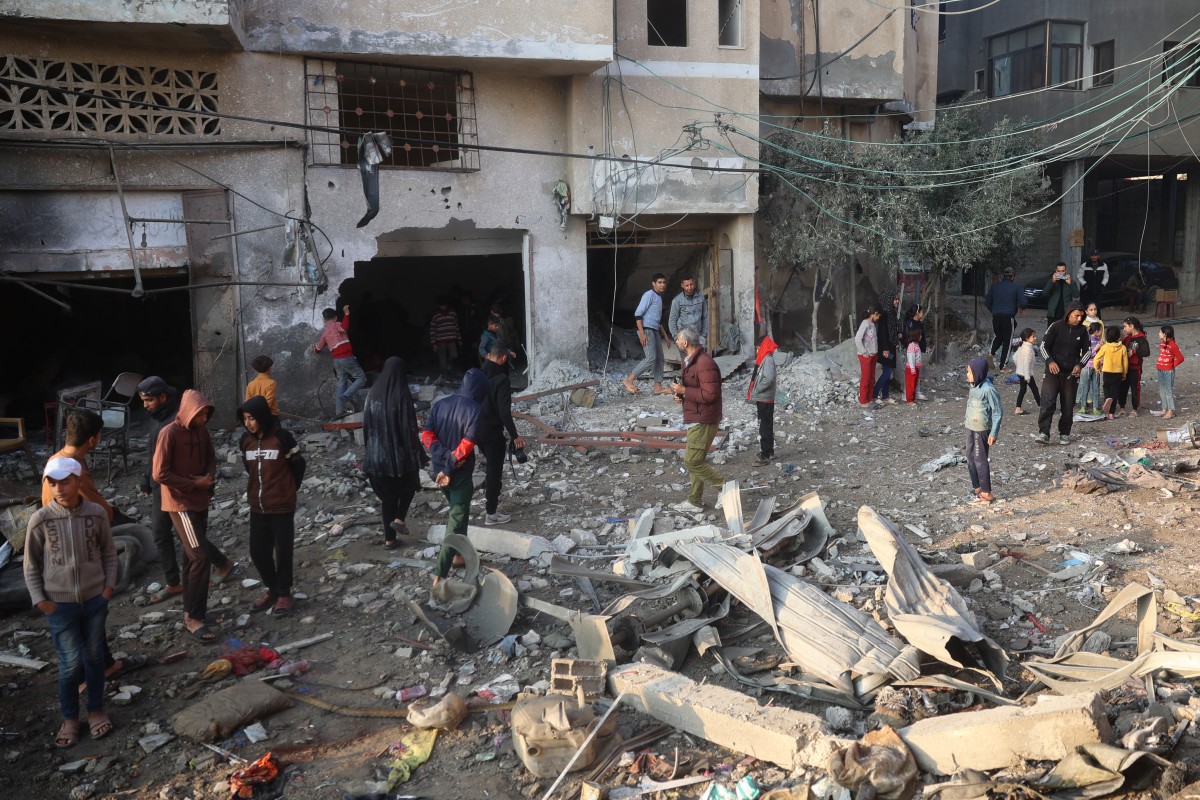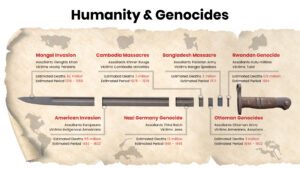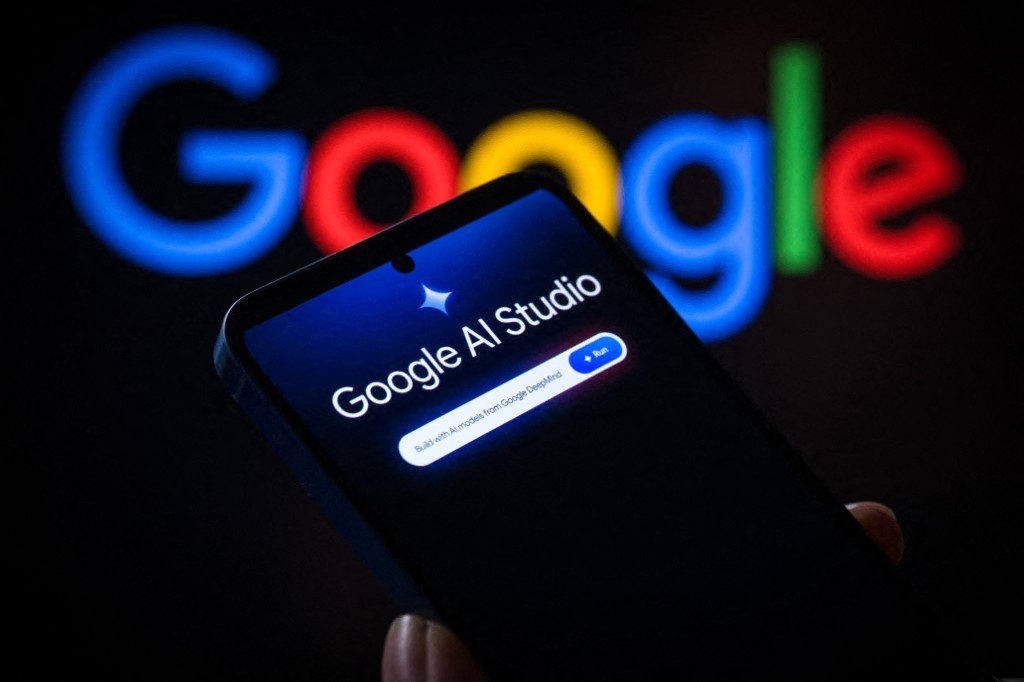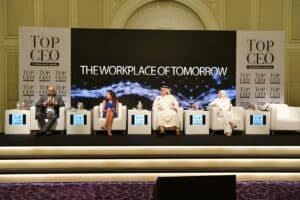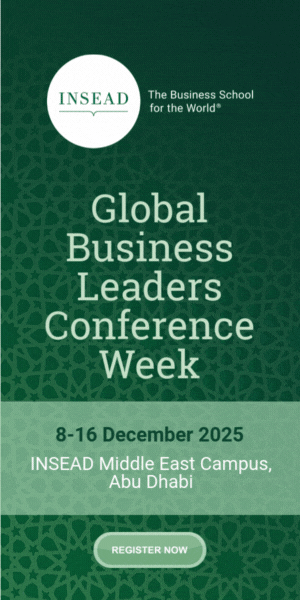Davos, Switzerland – Mark Elsner, Head, Global Risks Initiative, World Economic Forum sat with TRENDS during WEF’s summit in Davos to discuss the key issues addressed in The Global Risks Report 2025 with insights from over 900 experts who identified state-based armed conflict as the most immediate risk for 2025. Misinformation and disinformation are the top short-term risks and may fuel instability and undermine trust in governance.
The report was circulated ahead of the Davos meeting, which serves as a platform for advancing dialogue, cooperation, and partnerships. Close to 3,000 leaders from government, business, civil society, and academia from more than 130 countries, including over 350 heads of state and government and ministers, participated in the meeting around the theme of “Collaboration for the Intelligent Age”.

What are the key findings in the report?
There’s been a deeper recognition that when it comes to risks, so many risks are truly interconnected with each other. Not only interconnected with each other, but many global risks are truly global. The awareness of that has been rising because everybody is talking about risks. When we start to figure out which risks are connected with which other risks, we realize there are huge interconnections. I think that is one big takeaway. Perhaps the second one is that even though there is this underlying sense that the world is becoming more fragmented — a fact backed by the findings in our global risks report — there is still a sense that collaboration and finding solutions together is possible. There are areas, like the environment or even trade, where collaboration is taking place. I think there’s a sense that we need to find more of those areas of collaboration and hopefully move beyond this era of global fragmentation eventually.
How about the area of safety and security?
It’s a very good point because when you look at the findings of our global risks report, it’s really striking that almost one-quarter of all respondents view state-based armed conflict as the risk they are most worried about for 2025. This is very significant because only two years ago, the same risk was not even in the top 10 for two-year risks. It just shows how much the world has changed, unfortunately, over the last two years.
Are there any regions that particularly stand out regarding those findings?
Well, the Middle East and North Africa is one region where the respondents show particular concern over the short and even into the medium term for this risk. But it is a global concern. Almost one-quarter of respondents, which means people in all parts of the world, have suggested that they’re worried about this risk.
What are the priorities set in terms of addressing those challenges with the collective approach and with the learnings and collaborations from this week?
When we look at how to resolve, let’s say a conflict, which is what people are most worried about, it’s about gradually finding areas where there is common ground. This is a message we’ve heard a lot this week. Hopefully, now might be a good time for people to move away from what have been hardening positions and try to just start by de-escalating tensions by using language that is less adversarial and doing a lot of small things to stop further escalation and then open the space for dialogue involving the widest possible range of stakeholders at a multilateral level, ideally. That’s the best way to reach sustainable solutions and sustainable ways forward for ending conflicts.
Have you had any expressed commitments this week and more voices and advocates joining that plan and embracing that as a priority for 2025?
There is a lot of positive intention. I think the sense is that because conflict is so high in people’s minds people understand that if you don’t have security, many of the other things don’t matter.
I think people will be looking for open, honest dialogue, signs of willingness of open, honest dialogue from all parties, and an ability to look for that common ground. There is a recognition that there is a need to involve all the relevant stakeholders. Again, that’s super important to make any future solutions sustainable.
The second part of the risks report addresses the topic of misinformation. Spanish Prime Minister talked about how grave the problem is on social media and advocated for a collective solution. How is WEF going to address the effect of misinformation on such a societal conflict?
First of all, we agree that misinformation and disinformation are a significant threat to our societies. It is the leading risk in our ranking over two years, just like it was last year. In many ways, you might argue that the threat has become more difficult to address because, first of all, you have citizens’ digital footprint becoming bigger and bigger. They have more and more contact points through sensors, biometric reading, CCTV, etc. More ways in which their online presence is becoming bigger. So that’s one thing. Second thing, computing power is getting stronger and stronger. Third thing, you have developments in AI technology, specifically generative AI, which makes it so much easier to create and distribute misinformation and disinformation faster and wider. All that’s to say it’s a massive threat. And what can be done about it? Our report finds actually that one of the most important areas to focus on is public education and awareness campaigns. This goes both for misinformation and disinformation and the very connected risk of societal polarization. I think an effort between the public sector, civil society, and academia is needed to teach people how to recognize and understand the risks of misinformation and disinformation. Also, what are the tools we should all be using to protect ourselves online.
Can trust be rebuilt?
For sure. I think there are many ways. It starts with dialogue. That’s what the World Economic Forum stands for, and believes in. Time and again, it has been shown that dialogue is the way to find those areas of common ground. That’s the key thing. Then you start talking and gradually you build out, expand those areas of common ground, and then over time, come to more meaningful agreements in different areas where there may have been disagreements. (Edited by Hilal Mir)
